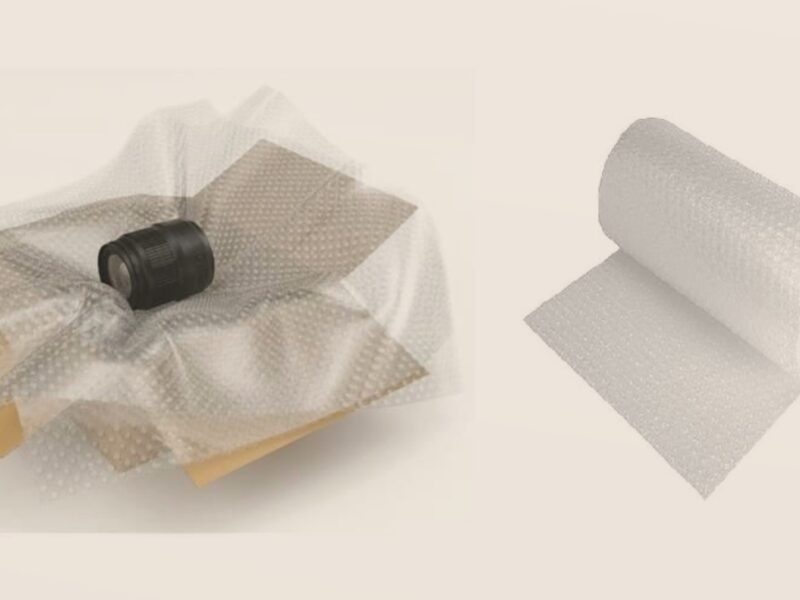
Bubble wraps the history and manufacturing
Being in the retail business, you probably know how important packaging materials are. They affect your business in quite a significant way.
One of the most popular packaging materials is bubble wrap rolls. It has several advantages which make it so in-demand all the time. They are lightweight yet extremely robust. They are economical and can be bought in bulk. And they are super flexible and make for perfect wrapping material.
We have heard enough about the benefits of bubble wraps. Today, we will talk about its invention, manufacturing, and basic use.
The story of invention
An unknown fact about bubble wrap rolls is that they weren’t invented for packaging purposes. Shocked? Well, it is true.
In the late 1950s, when bubble wrap was invented, they were designed for textured wallpaper!
So here is the story.
A U.S engineer named Alfred Feilding and a Swiss chemist named Marc Chavannes, got together in 1957 to make a unique wall decoration. The idea was to create a three-dimensional wallpaper that is attractive and easy to maintain. So, after a lot of planning, they got together in Hawthrone, New Jersey to work on the plan.
The first time they took two plastic shower curtains and sealed them with a heat-sealing machine. The plastic sheet came out with air bubbles trapped inside it. Thus, the weird textured plastic wasn’t accepted in the market. It wasn’t appealing as a wall decoration and the idea failed.
After the failed experiment, they started its use in other applications. They started a new company called “Sealed Air Corporation” and the brand named the product—bubble wrap. They also applied for many patents on the equipment and procedures needed to manufacture bubble wrap.
These two eventually realised that the plastics are good for insulation and lightweight. It might be good for greenhouse insulation. But even that idea didn’t take off.
Finally, in 1959, a marketing guy Fredrick Bowers got an idea. He started using bubble wraps as packaging materials. During that time, IBM launched their 1401 variable wall computers. So, Fredrick pitched the idea to IBM to use bubble wrap rolls as packaging material for safe transit of the wall length computers.
IBM approved the idea and became the world’s first large consumer of bubble wraps. And the rest is history. Within a few years, bubble wraps became a revolution in the shipping industry.
How are bubble wrap rolls manufactured?
Bubble wraps have a very long process of manufacturing.
It is generally made from resins and here are the steps.
Step 1
A combination of different types of resins is used. The polyethene resin beads are usually the size of pea gravel. They come in pellets and each one has different properties than the other. The nylon gives durability and the flex resin provides an adhesive. It is later used to make bubbles.
Step 2
The pellets are introduced to an extruder. It is a long cylinder with a screw running through its length.
Step 3
The heating temperature is anywhere between 450 to 521 degrees depending on the size of the rolls. The heating starts before the resin comes in and then the screw adds more heat to melt the resin into liquid form.
Step 4
The liquid is squeezed out of the cylinder and stacked into plastic films.
Step 5
Next comes the bubbles. For this, a drum is used to punch holes. One layer of the plastic film is wrapped around the drum to apply suction. This gives the air bubbles to form. Small air bubbles are generally between 6mm to 12mm. Large bubble wraps have bubbles up to 25mm.
Step 6
To trap the air inside the bubbles a second layer of plastic is laminated over the first.
Step 7
The finished bubble wrap sheets are cut in a variety of lengths. The manufacturers do final quality checks and testing.
Then they are rolled and sent to packaging suppliers like Wellpack Europe. Different companies then buy these bubble wrap rolls for product protection.
Other times, these bubble wrap sheets are lined against envelopes and mailers.





No Comment